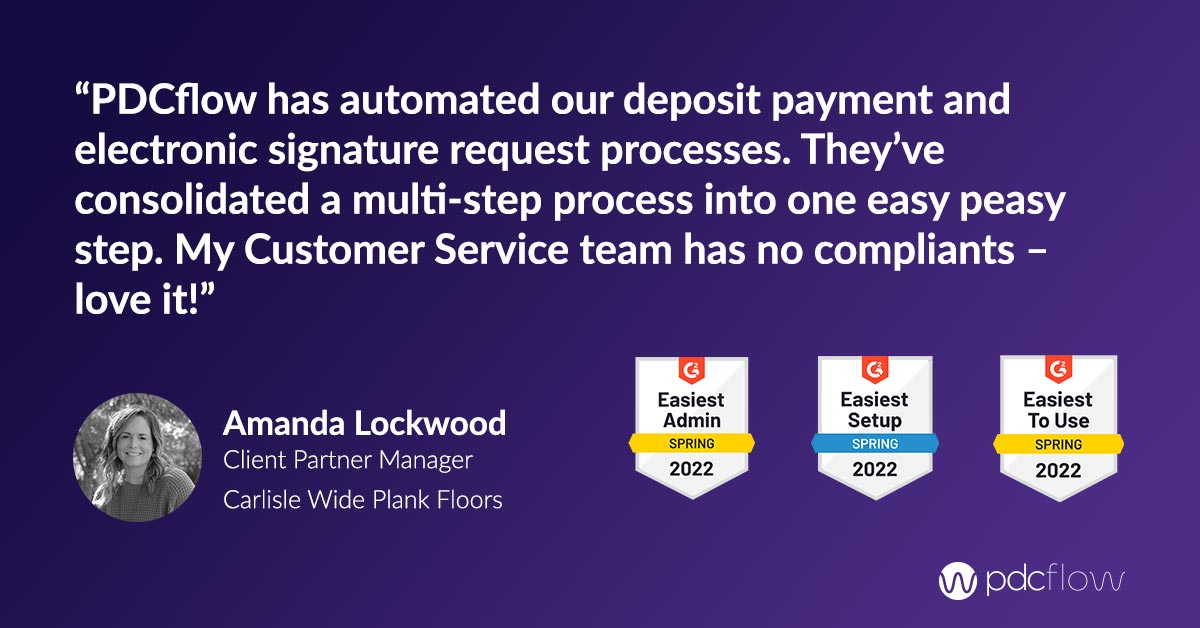New software opens the door to easier workflow processes and simpler daily tasks. This can impact team structures and job titles or even create new responsibilities – like making sure tools are working right and providing a good return on investment.
Right now, the most impactful way people are using tech in business is with digital communication. Channels like email and SMS messages help reach customers faster about how, when and where to pay.
This type of technology can simplify customer interactions. It’s also allowing companies to evaluate and streamline team structures in billing, accounts receivable and customer service departments.
These teams need people who understand the new communication landscape and can create strategies, implement processes and monitor results in digital channels.
Team Structure for Digital Communication Strategies
Digital communications are any of the ways you use technology to interact with customers. Most commonly, companies use things like email and SMS as their core digital communication channels.
As processes change to expand these channels and make work easier for staff and customers, companies need to consider how to structure a team that can handle more digital operations.
Just as with any other process shifts, you’ll need to monitor job functions and adjust your business organizational structures accordingly. This will help you use your tools and employees more effectively.
Front Line Employees
Rolling out new strategies or software can be a big change for front line employees who interact with customers every day. These are the people in the team structure that help with situations like:
- Questions about the charges on a billing statement
- Hearing and responding to complaints or problems
- General customer support issues
- Taking payments
Under a larger digital communication strategy using tools like email and text, you can improve customer service quality with less need for phone support.
Focus on a front line team structure that supports employee development and cross-training. This way you can streamline how customers get help when they need it and prepare employees to handle more complex issues as they come up.
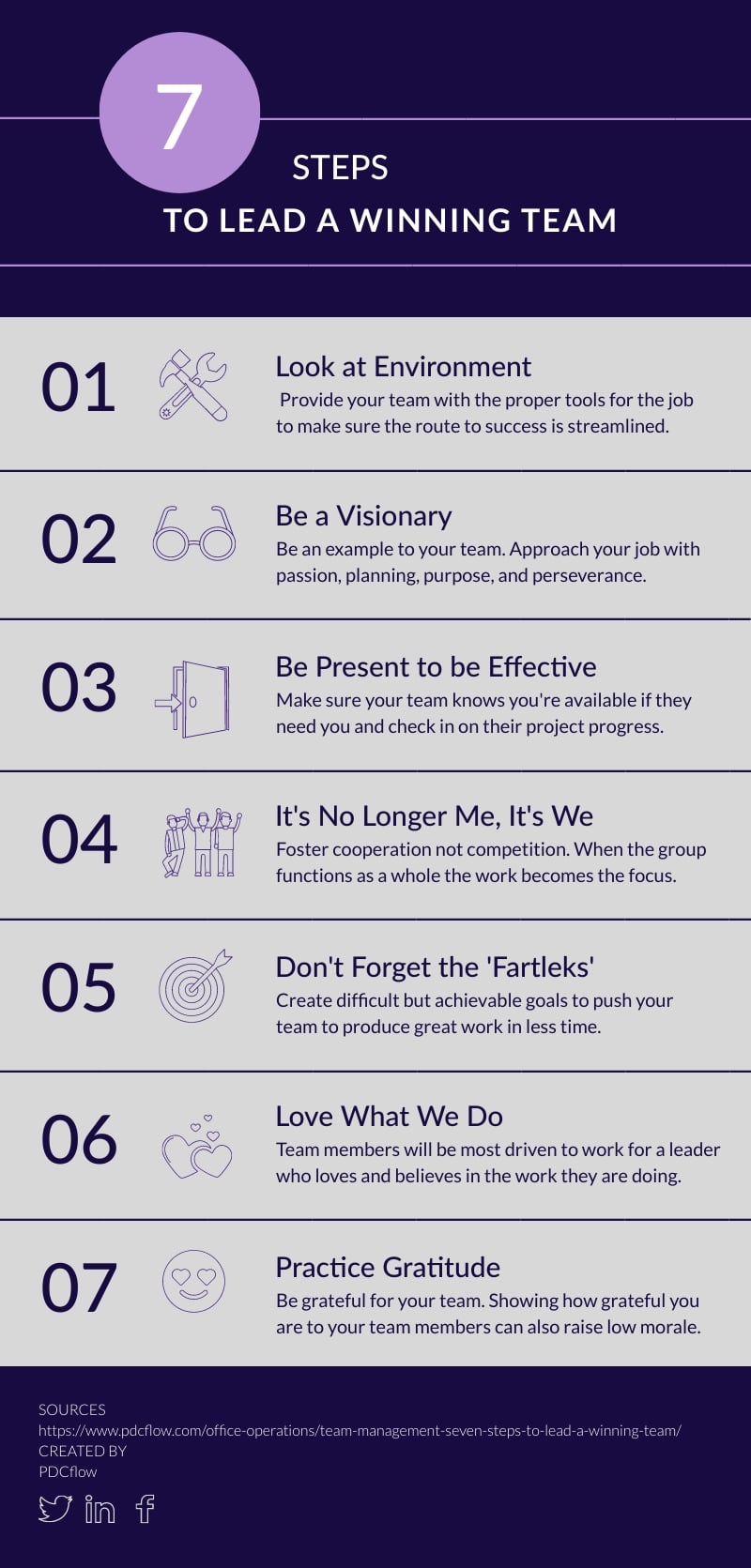
Subject Matter Experts
A multi channel option – where you give customers several ways to communicate and pay – is the most effective payment communication strategy. It caters to every customer and makes it convenient to pay no matter what way a customer prefers.
But every channel works differently. If you’re using or plan to start sending email or SMS to encourage faster bill payment, you need employees who can:
- Experiment with messaging, so emails are clear and customers want to take action after receiving them.
- Experiment with send times to encourage higher open rates by reaching customers at the most convenient time.
- Understand compliance, so you know you are following regulations and using your tools the right way.
Metrics Specialists
A company’s size can be a factor in the type of structure each department uses. If your business is large enough, you may have a dedicated department to review metrics and understand how your channels are functioning.
If you have a smaller team, you may use your subject matter experts or management team to fill this role. Whatever you decide, someone in your organization should be looking at open rates, completion rates, and even failed or abandoned payments on your online portal.
Analyzing your data is the best way to know what parts of your operations are working and what parts must be adjusted.
Leadership
Leadership buy-in is essential when you’re expanding a strategy or trying something new. These are the people in the company who have the power to sign off on new tools or approve new staff positions and team structures.
If you are part of the leadership team, you need to make sure your people feel supported in experimenting with new tools. Delegate tasks to the appropriate people and stay involved so they can come to you with concerns as they arise.
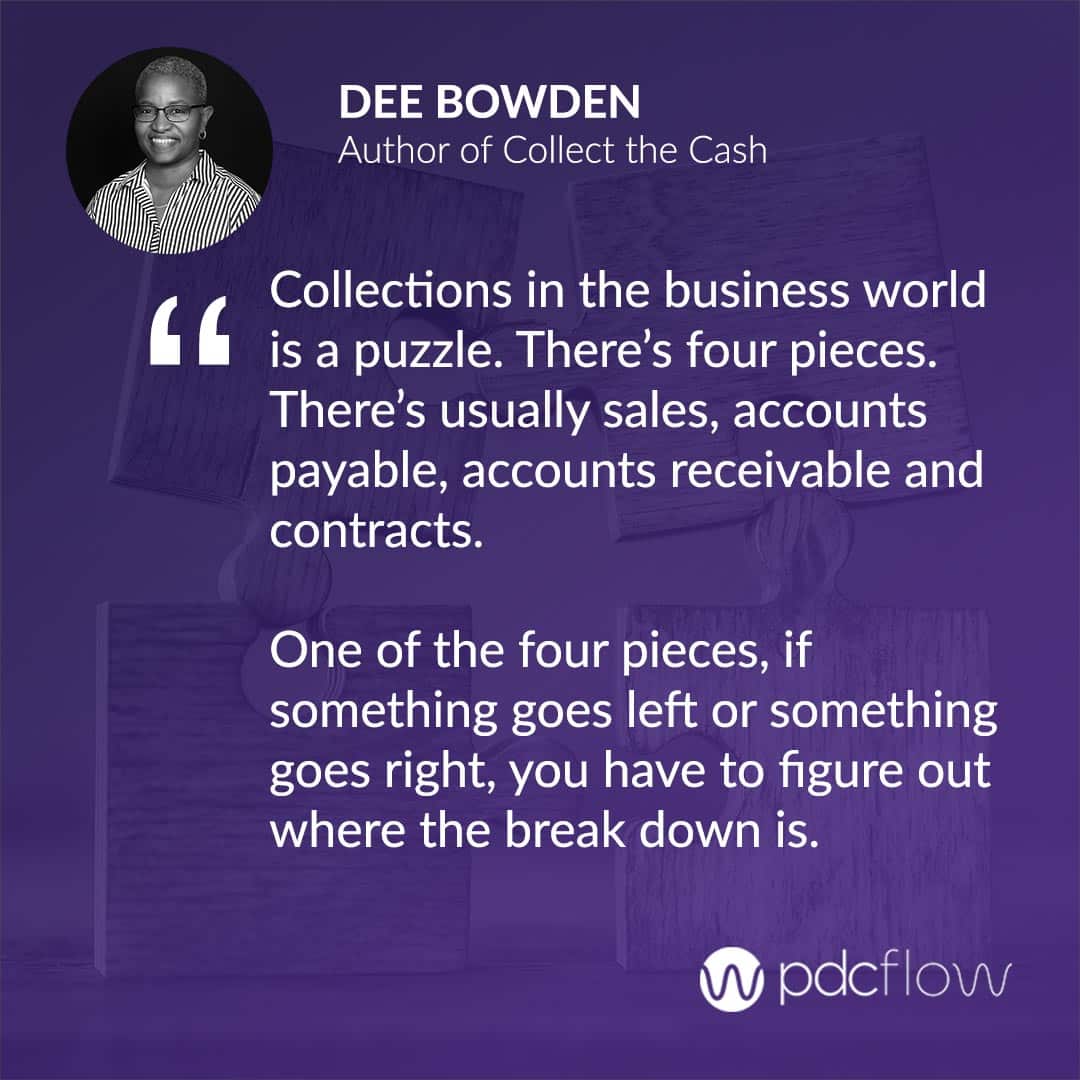
Inter-Departmental Collaboration
As with most aspects of business, collaboration is the key to success. Companies should encourage departments to work together across sales, onboarding, customer service, billing, accounts receivable, or any others.
Agreements during sales, or arrangements made with customer service need to be passed along to the staff in charge of collecting unpaid balances. If your accounts receivable department isn’t on the same page, this will slow down workflows and cause confusion.
Payment Communications
Businesses used to send billing statements only by mail and hope for a payment over the phone or by check. These methods are outdated.
Digital payment communication is the new approach many companies are taking to improve their bottom line through faster customer interactions and simple payment workflows.
To find the digital team structure that will compliment your organization best, think about how your company already uses digital payment offerings and what technology goals your teams are working towards, like:
- Using an omnichannel payment software
- Promoting digital self-serve options like payment portals
- Sending automated payment reminders through email and SMS instead of using manual phone calls
- Encouraging digital payments through your web chat or chatbot
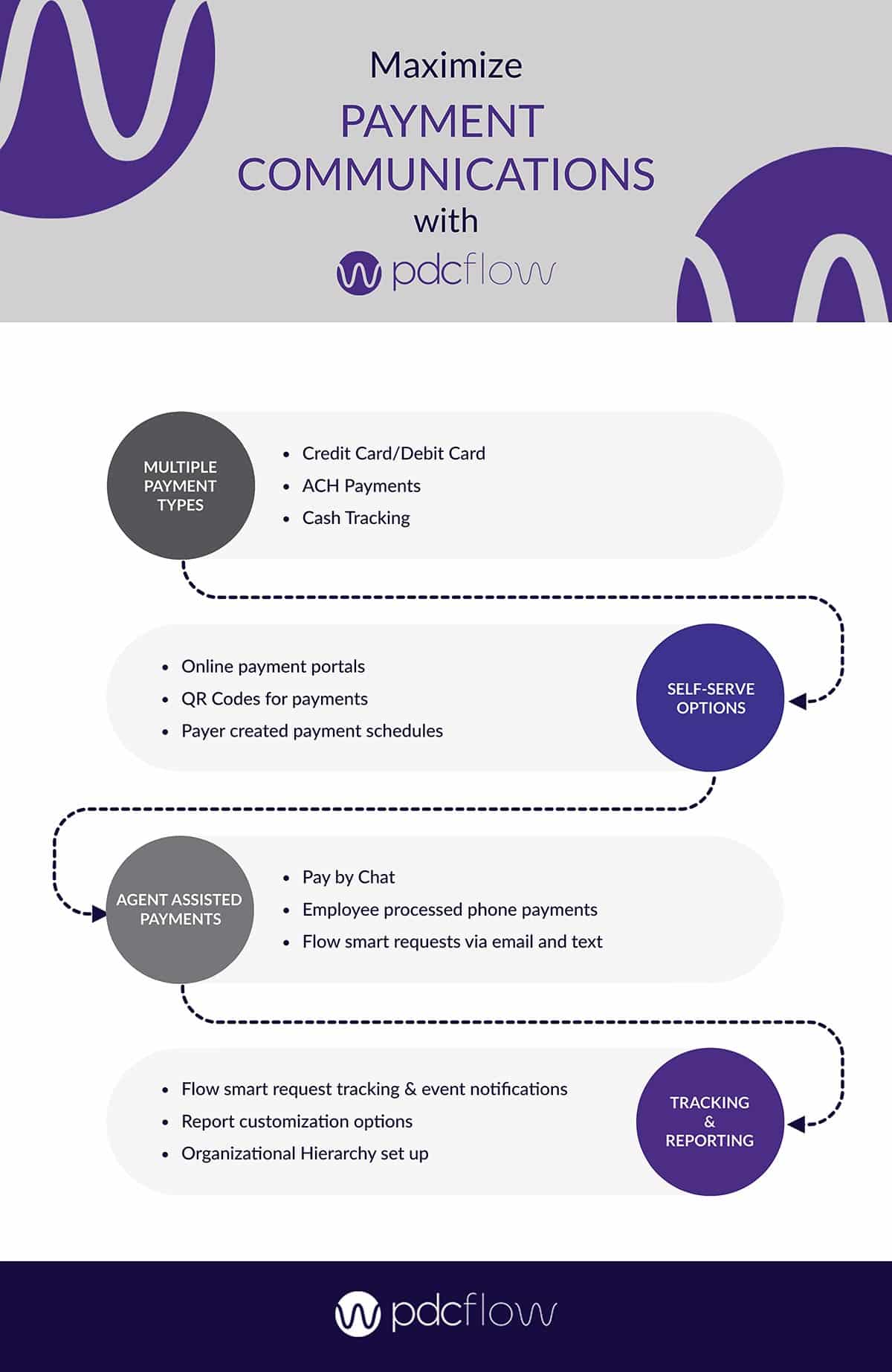
WHAT IS A PAYMENT STRATEGY?
A payment communication strategy is made up of:
- the messages you send to customers about their bills
- the processes you use to collect the money customers owe
This can include payments both before and after goods or services have been delivered. Strategies are the actual ways an organization plans to deliver items or request a customer take action. Common strategies include:
- Creating estimates, so customers aren’t surprised by the cost of work and can approve ahead of time.
- Asking for signatures on contracts or to approve a payment schedule before the first transaction
- Sending payment requests (via email, paper statement with a QR code to a payment link, phone call, etc.) to collect deposits, down payments or balances.
- Collecting payment data ahead of billing so transactions can be run automatically when payment is due.
Customers expect fast, convenient options for receiving bills, getting payment reminders or signing important documents like contracts.
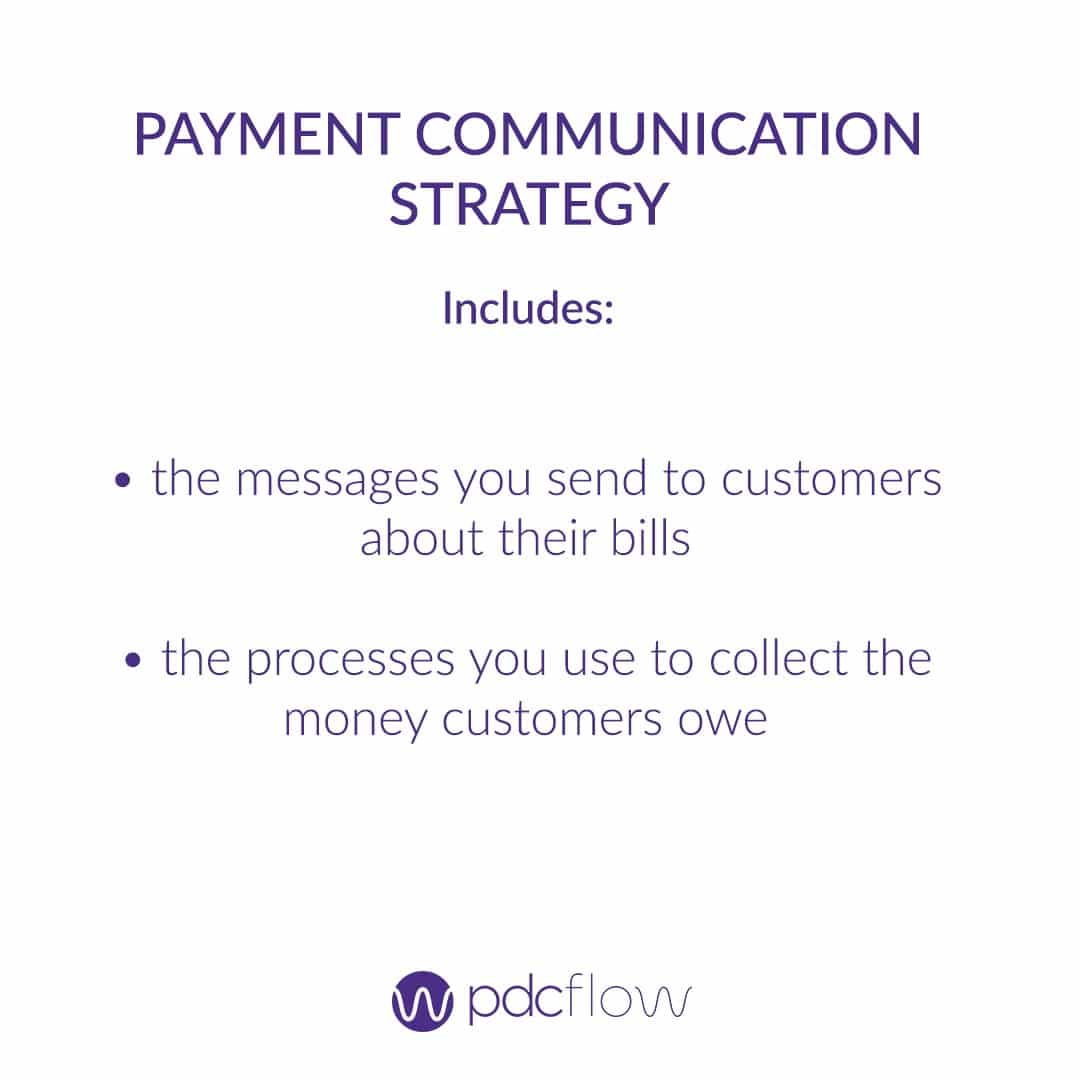
Why Add Digital Channels to Your Strategy?
The number one reason to add digital options is that customers prefer and expect them. Most businesses let people pay online, or give the choice of email or text messages instead of paper statements.
If you’re not offering some digital options, you’re not offering a good customer experience. Some further benefits of digital payment interactions are:
- Faster response from customers to pay a bill or sign an agreement
- Keeps payments flowing after hours through self-serve channels
- Saves employee time by reducing manual follow ups
- Creates revenue growth by creating faster customer payment cycles
Flow Technology for Streamlined Team Structures
PDCflow’s payment software and Flow Technology lets businesses send outgoing messages to customers by email or SMS message.
These messages can help you accomplish multiple actions in a single Flow:
- Send documents like estimates or invoices for customers to review
- Request digital signatures on contracts or payment schedule authorization
- Send a payment request, so customers can navigate directly to their payment information without needing a url or login and password
- Request photo uploads from customers for deposits, insurance cards, etc.
PDCflow makes it easier for companies to engage customers in the billing and payment process. It also makes team collaboration easier through administrative features.
- Set up group inboxes to receive event notifications to know when a Flow is opened or completed, so you’re always up to date on the status of an account.
- Use Organizational Hierarchy to lock down workflows and reporting by group, department or location, so information can only be accessed by the employees who need it.
- Create unlimited Flow request templates, so you can create unique workflows specific to your business needs.
- No per-seat pricing. Pay by the number of Flows you send, not the number of employees you have to encourage collaboration within your team.
Payment communication software can enhance the way your teams collaborate, simplify the way they talk to customers and save company time and money by speeding up the time it takes to collect a payment.
If you want to learn more about how PDCflow's Flow Technology can enhance your teams and help you collect payments faster, request a demo today.
Request a Demo:
Want to know more about PDCflow Software?
Press ▶️ to watch our explainer video


